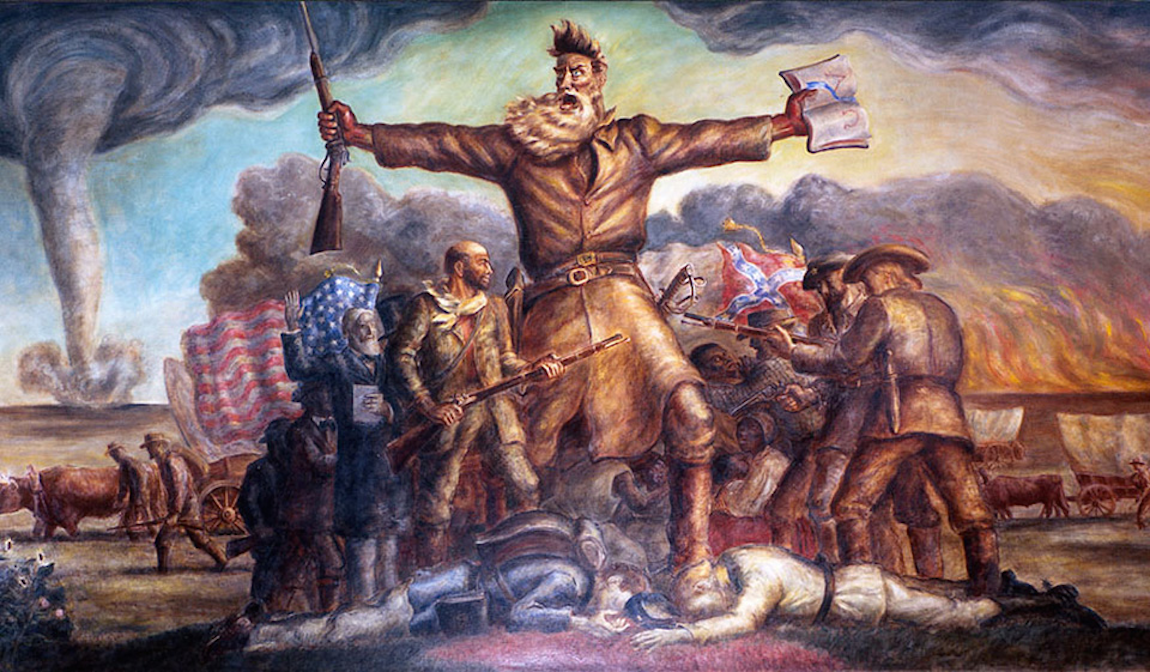This article describes John Brown's Pottawatomie Massacre - the seminal event of Bleeding Kansas.

Background
The Kansas Territory was a hotbed of violence and political turmoil in the years leading up to the Civil War, as pro-slavery and anti-slavery factions vied for control of its destiny. The passage of the Kansas-Nebraska Act in 1854, which allowed for the possibility of slavery in the territory through the principle of popular sovereignty, sparked a wave of bloodshed and lawlessness as both sides sought to establish dominance.
The Radical John Brown
John Brown, a radical abolitionist, was determined to resist the spread of slavery by any means necessary. Inspired by his fervent religious convictions and unwavering commitment to the cause of freedom, Brown embarked on a campaign of guerrilla warfare against pro-slavery settlers and sympathizers, earning him both admiration and condemnation from his contemporaries.
The Massacre
The Pottawatomie massacre, which occurred on the night of May 24, 1856, marked a turning point in the conflict over slavery in Kansas. In retaliation for the sacking of the free-state town of Lawrence by pro-slavery forces, John Brown and his followers launched a secret raid on several pro-slavery settlements along Pottawatomie Creek.
Under cover of darkness, Brown and his men descended upon the isolated cabins of pro-slavery settlers, dragging them from their homes and executing them in cold blood, in some cases, in front of their families. The brutal nature of the killings, which claimed the lives of five men, sent shockwaves throughout the territory and inflamed tensions between pro-slavery and anti-slavery forces.
The Aftermath and Legacy
The murders at Pottawatomie intensified the cycle of violence and retribution that gripped Kansas in the years leading up to the Civil War. Although Brown and his followers viewed their actions as a righteous crusade against the evils of slavery, many condemned them as acts of terrorism and lawlessness. Brown would later attempt to start a slave rebellion by hijacking the federal arsenal at Harper's Ferry - an act which would lead to his hanging.
The legacy of John Brown's murders in Kansas continues to be a subject of debate and controversy among historians and scholars. Some view Brown as a visionary martyr and hero of the abolitionist cause, while others condemn him as a fanatic and extremist whose actions only served to escalate tensions and deepen the divide between North and South.
Related activities
Advertisement

